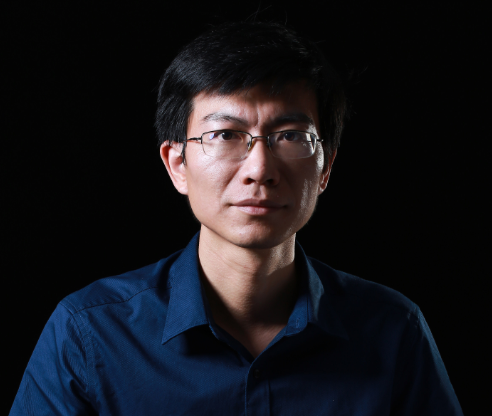Artificial intelligence & robotics
Chunxin Qiu
Their LiDAR can basically solve all the trouble spots for mechanical LiDAR, and speed up the implementation of autonomous driving projects

Global
Jianxiong Xiao
His company AutoX aims to make self-driving cars more accessible.

China
Zhengjun Zha
Overcoming the semantic gap and intention gap

Latin America
Marco Mascorro
Robots capable of managing the inventory of any establishment in real time which could save billions of euros

Global
Olga Russakovsky
Employed crowdsourcing to vastly improve computer-vision system.
